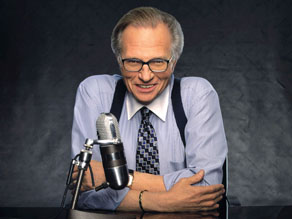Well this is a typical process that can double the cost of a normal VO in multiple languages...
HEAVY ACCENTED AD REJECTED
It just happened to me, but this time it was much worse. I got a phone call from an Italian customer asking for help to find a true German voice to record his ads on toys to be sold in Germany during the Christmas season. He insisted on having a true, genuine, native, authentic Germanic, Deutsch voice... He wanted to avoid what he had just experienced: he hired a German person to voice his ads in Italy, but when the ads were mixed and ready to broadcast in Germany, the distributor rejected those. "The voice speaks with a funny accent, exotic, un German, she is not German", said the distributor. The Italian producer was mad at hearing the bad news but accepted his mistake. So we had to organise an urgent recording session with one of our authentic, genuine, true German voice talents and this time the ad was broadcast.
IT TAKES A NATIVE TO RECOGNIZE A NATIVE
Some studios that offer voiceover are not necessarily knowledgeable on foreign voices. They can certainly provide local talent and certify about their authenticity, simply because a native person can recognize when the voice masters his mother toung. It takes a native to recognize another native. They offer a casting of voice talents in the main languages because they see there is an increasing demand for that, but more often than not foreign voiceovers is not their core business. They choose talent based on references, on their nationality or their good-sounding voices, but that's it. Audio engineers are not linguists so, how can they make sure that the foreign talent has kept his native language in good shape?
SOME TIPS & ADVICES TO SPOT RELIABLE FOREIGN VOICE TALENTS
- Make sure the foreign voice has good references and proven experience in VOs.
- Ask him how he keeps his language sharp and fresh while living in a foreign country
- Inquire on where he comes from, in most languages you have regional accents or dialects that could be inappropriate for certain target audiences
- Don't hesitate to ask for his CV, Resumé, since education is the main, basic feature you expect from a good voice actor
What do you think? Have you ever had issues with foreign talents? Your feedback is much appreciated.
Constantino de Miguel


